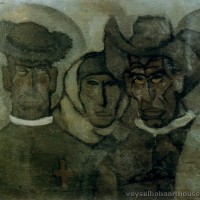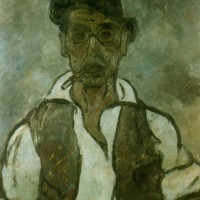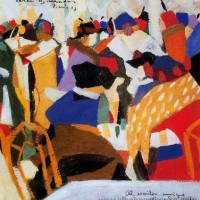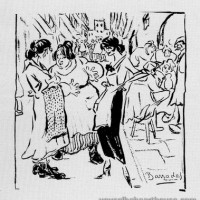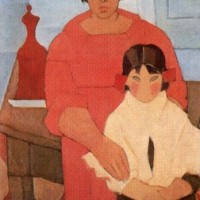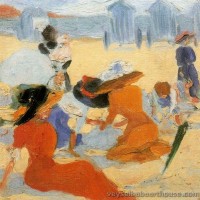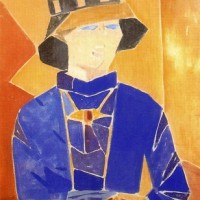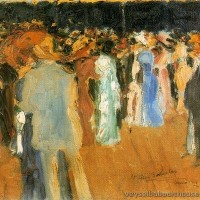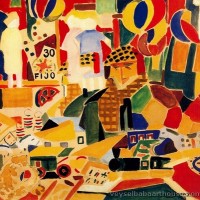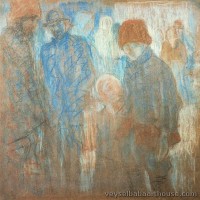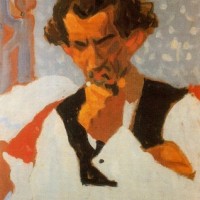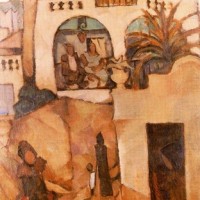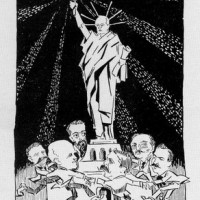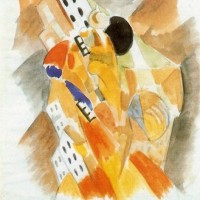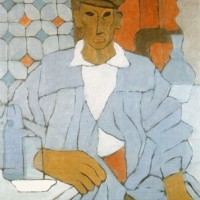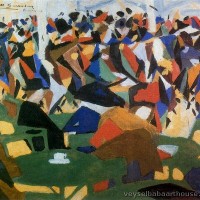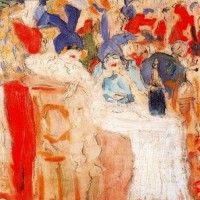- Home
- ABOUT US
- ABOUT VEYSEL BABA
- REDFOX ART HOUSE VIRTUAL TOUR
- MY LAST WILL TESTAMENT
- NOTES ON HUMANITY AND LIFE
- HUMAN BEING IS LIKE A PUZZLE WITH CONTRADICTIONS
- I HAVE A WISH ON BEHALF OF THE HUMANITY
- WE ARE VERY EXHAUSTED AS THE DOOMSDAY IS CLOSER
- NO ROAD IS LONG WITH GOOD COMPANY
- THE ROAD TO A FRIENDS HOUSE IS NEVER LONG
- MY DREAMS 1
- MY DREAMS 2
- GOLDEN WORDS ABOUT POLITICS
- GOLDEN WORDS ABOUT LOVE
- GOLDEN WORDS ABOUT LIFE
- GOLDEN WORDS ABOUT DEATH
- VEYSEL BABA ART WORKS
- SHOREDITCH PARK STORIES
- EXAMPLE LIVES
- ART GALLERY
- BOOK GALLERY
- MUSIC GALLERY
- MOVIE GALLERY
- Featured Article
- Home
- ART GALLERY
- Rafael Barradas
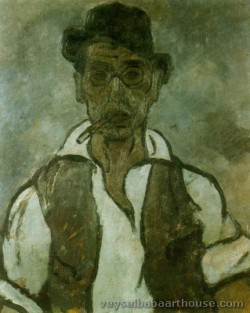
Rafael Barradas
Rafael Pérez Giménez Barradas (4 January 1890, in Montevideo – 12 February 1929, in Montevideo), was an Uruguayan modernist painter and graphic artist who worked in Spain.
Biography
His parents were immigrants from Spain. His older sister, Carmen, was a pianist and composer. His younger brother, Antonio, was a poet who wrote under the name Antonio de Ignacios. He absorbed an interest in art from his father at an early age and was almost entirely self-taught. Magazine illustrations constituted his first professional work and, in 1912, he had his first exhibition, together with Guillermo Laborde.[1]
In 1913, he was invited to travel to Europe with a friend who had won a government grant to study singing at La Scala in Milan. While there, he came into contact with the Futurist movement and spent some time in Paris, where he was exposed to the latest trends in art. As a result, he developed his own variation on Cubism, which he called "Vibrationism".[2] The following year, he went to Barcelona, where he associated with a group of young Catalonian poets led by Joan Salvat-Papasseit.

He stayed only a short time, then started for Madrid on foot, but got only as far as Aragón, where he was overcome by fatigue and hunger and taken in by a peasant couple. In 1915, he married their daughter Pilar in Zaragoza. Later that year, he held his first solo exhibition there.
The following year, he returned to Barcelona with his new wife and reunited with his mother, who had moved back to Spain to be with them. While there, he became acquainted with his fellow Uruguayan painter, Joaquín Torres García,[3] who had been living in Spain since 1891. Torres was apparently impressed by Barradas' Vibrationism and incorporated some of its elements into his own "Constructive Universalism".
Career in Madrid
In 1919, he finally went to Madrid and opened a studio near the Atocha, where he was a frequent member of the gatherings by Spanish writers, poets and artists at the local cafés. Among those he befriended there was Gregorio Martínez Sierra, who commissioned him to design costumes and scenery at the Teatro Eslava. He also provided illustrations for books published by Martínez Sierra's Biblioteca Estrella,[4] including the works of Ramón Gómez de la Serna, and was a collaborator at several art and literary magazines including Alfar, published by the Uruguayan poet Julio J. Casal.[1] In 1925 and 1926, he participated in several exhibitions and spent some time in Saint-Jean-de-Luz, doing watercolors of the port and its inhabitants.[4]
After his return, he and Martínez Sierra abruptly parted company and he moved to L'Hospitalet de Llobregat,[4] where he created a series of religious works he called "Los Místicos", followed by a series called "Estampones Montevideanos", inspired by the port and the Barrio Sur in his hometown. He expected this to be his final work as his health was rapidly deteriorating. His final project in Spain was helping to organize the first (and only) exhibition of drawings by Federico García Lorca.
He returned to Uruguay in 1928, terminally ill, and died a few months later,[1] leaving most of his works to his family. They were kept on display at his home until 1969, when they were donated to the "Ministry of Education and Culture", with the aim of creating a "Museo Barradas". Today, the collection may be seen at the Museo Nacional de Artes Visuales in Montevideo.
